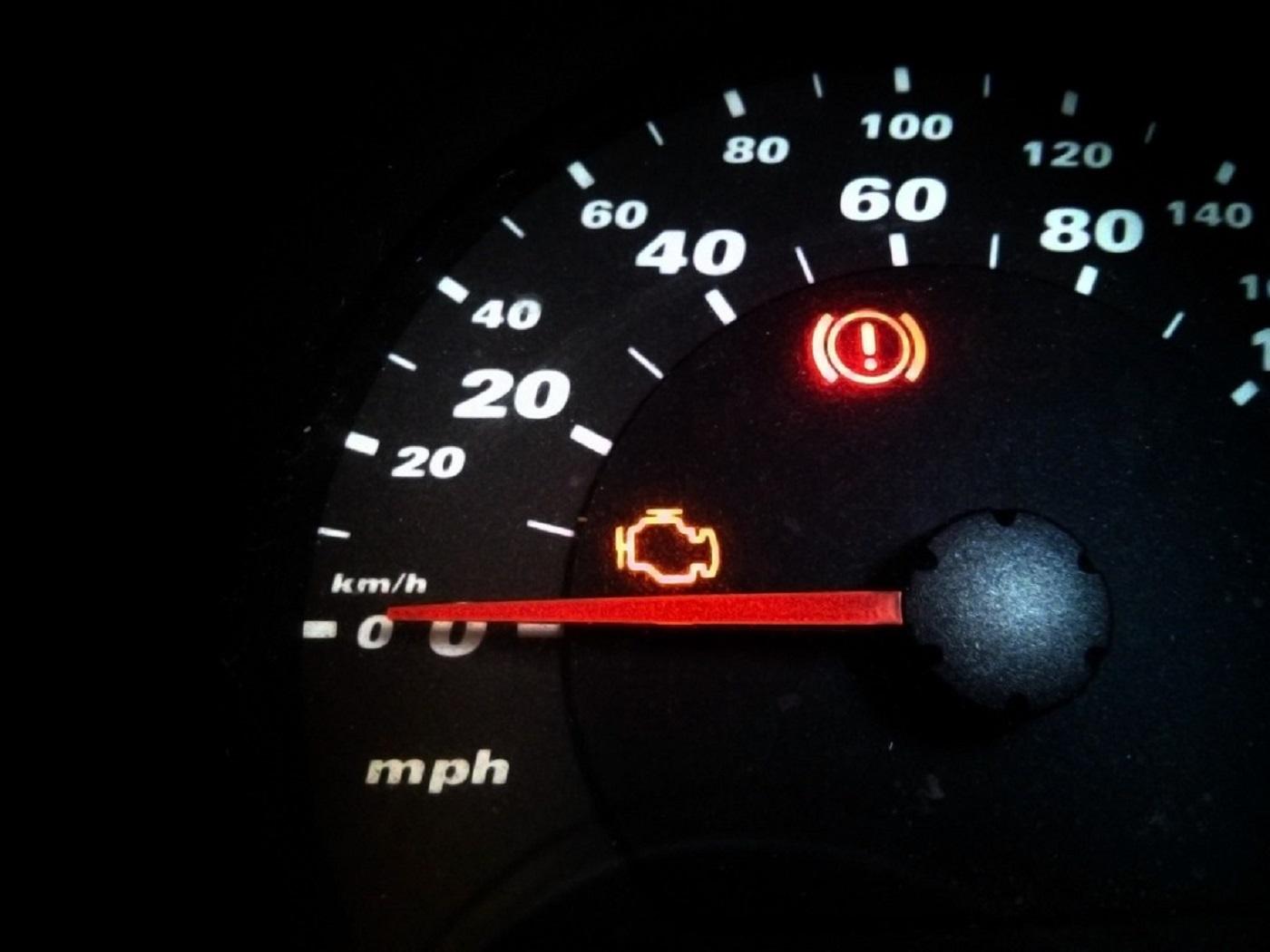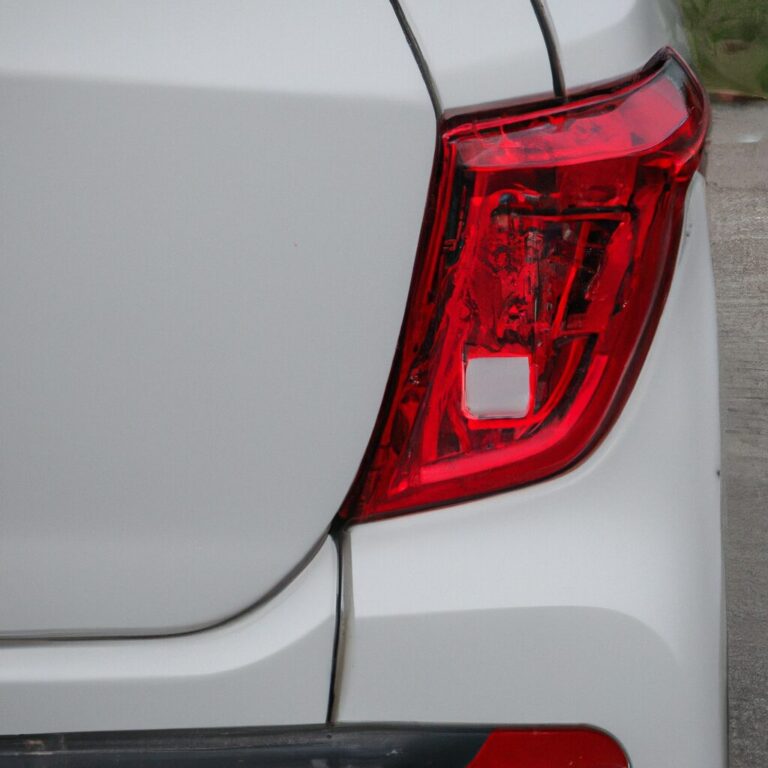How to Bypass Limp Mode
To bypass limp mode, you can reset the ECU by disconnecting the battery for a few minutes. Limp mode is a safety feature in cars that restricts performance when there is an issue.
When your vehicle goes into limp mode, it can be frustrating and limit your driving experience. Knowing how to bypass limp mode can help you get back on the road quickly. By following a few simple steps, you can reset the ECU and potentially resolve the issue triggering limp mode.
This article will provide you with the necessary information to troubleshoot and bypass limp mode effectively. Understanding the causes and solutions for limp mode will empower you to keep your vehicle running smoothly and avoid unnecessary trips to the mechanic.
What Is Limp Mode
Limp mode is a safety feature in modern vehicles that restricts the power and speed of the vehicle when a fault is detected in the engine or transmission. When the vehicle’s computer system detects a problem, it limits the engine’s performance to prevent further damage, allowing the driver to continue driving to a safe location or to a mechanic for repair.
Definition Of Limp Mode
Limp mode, also known as limp home mode or fail-safe mode, is a protective measure implemented by the vehicle’s onboard computer system to prevent major damage to the engine or transmission. When a fault is detected, the vehicle’s performance is limited, allowing the driver to continue driving at reduced speed to a safe place for inspection and repair.
Causes Of Limp Mode
Several issues can trigger limp mode, such as sensor failures, low fluid levels, overheating, or electrical problems in the engine or transmission. Common causes include faulty throttle position sensors, malfunctioning transmission solenoids, and issues with the engine’s air intake system. Additionally, low fluid levels, overheating, and electrical faults can also prompt the vehicle to enter limp mode.
Signs Of Limp Mode
Experiencing signs of limp mode in your vehicle? Learn how to bypass limp mode with these simple steps to ensure a smoother ride without any performance limitations.
Warning Lights And Messages
Limp mode can be indicated by illuminated check engine light or specific warning messages on your dashboard.
Reduced Engine Performance
If you experience power loss, slow acceleration, or inability to go over certain speed limits, your vehicle may be in limp mode.
How To Diagnose Limp Mode
Limp mode in a vehicle can be diagnosed through various methods.
Using An Obd-ii Scanner
An OBD-II scanner is a valuable tool for diagnosing limp mode issues.
Checking For Faulty Sensors
Faulty sensors are a common cause of limp mode.

Credit: www.wikihow.com
Steps To Bypass Limp Mode
When your vehicle goes into limp mode, it can be frustrating and potentially dangerous. However, there are steps you can take to bypass limp mode and get your car running smoothly again. Here are some effective methods to help you troubleshoot and overcome limp mode.
Check For Loose Connections
In many cases, limp mode is triggered by a loose or faulty connection. Start by inspecting the wiring and connectors to the transmission, throttle body, and other relevant components. Ensure that all connections are secure, and there are no signs of corrosion or damage. If you identify any loose connections, reconnect them securely to see if this resolves the issue.
Resetting The Ecu
The Electronic Control Unit (ECU) of your vehicle plays a crucial role in monitoring and managing engine functions. Resetting the ECU can sometimes clear the error codes that trigger limp mode. To reset the ECU, you can either disconnect the battery for a few minutes or use a diagnostic tool to clear the codes. After resetting the ECU, start the vehicle and check if the limp mode has been bypassed.
Replacing Faulty Parts
If the above steps do not resolve the issue, it may be necessary to replace faulty parts that are causing the limp mode. This could include components such as the throttle position sensor, transmission speed sensor, or other critical sensors and actuators. Consult a qualified mechanic or refer to the vehicle’s service manual for guidance on diagnosing and replacing faulty parts.
Preventing Limp Mode
To prevent limp mode in your vehicle, you can bypass it by checking and fixing any issues with the transmission, engine, or sensors. By addressing these problems, you can avoid triggering limp mode and ensure smooth operation of your vehicle.
Regular Vehicle Maintenance
Regular vehicle maintenance plays a crucial role in preventing limp mode. By keeping up with routine maintenance tasks, you can ensure that your vehicle’s systems are in optimal condition. Here are some important maintenance tasks to consider: 1. Engine Oil and Filter Changes: Regularly changing the engine oil and filter is essential for keeping the engine running smoothly. Dirty oil or a clogged filter can lead to engine overheating and trigger limp mode. 2. Air Filter Replacement: A clean air filter allows proper air intake, preventing excessive strain on the engine. Regularly inspecting and replacing the air filter can help prevent limp mode caused by decreased airflow. 3. Spark Plug Inspection and Replacement: Worn-out spark plugs can cause misfires, which can trigger limp mode. Inspect and replace spark plugs as recommended by your vehicle’s manufacturer. 4. Checking Fluid Levels: Low or dirty fluid levels can affect the performance of different systems in your vehicle. Regularly check the levels of coolant, transmission fluid, brake fluid, and power steering fluid. Maintain proper levels and replace fluids as needed.Avoiding Overheating Or Overloading
Overheating and overloading can put excessive stress on your vehicle’s engine and transmission, potentially triggering limp mode. To prevent this, keep the following tips in mind: 1. Maintain Coolant Levels: Ensure that the coolant level is within the recommended range. Inspect the radiator and hoses for any leaks or damages. Overheating can cause serious damage to your engine and lead to limp mode activation. 2. Monitor Engine Temperature: Keep an eye on the temperature gauge while driving. If you notice the temperature rising abnormally, pull over safely and allow the engine to cool before continuing. Address any cooling system issues promptly. 3. Know Your Vehicle’s Towing Capacity: If you need to tow or haul heavy loads, make sure you’re aware of your vehicle’s towing capacity. Exceeding this limit can strain the engine and transmission, potentially triggering limp mode. 4. Avoid Excessive Idling: Extended periods of idling can cause the engine to overheat. If you find yourself in a situation where you need to idle for an extended period, consider turning off the engine periodically to allow it to cool down. By following these preventive measures, you can significantly reduce the chances of your vehicle going into limp mode. Regular maintenance and responsible driving habits go a long way in ensuring a smooth and trouble-free driving experience.
Credit: m.youtube.com

Credit: carfromjapan.com
Frequently Asked Questions Of How To Bypass Limp Mode
How Do I Force My Car Out Of Limp Mode?
To force your car out of limp mode, try disconnecting the battery for 10 minutes, then reconnect to reset the system.
Can You Override Limp Mode?
Limp mode can’t be overridden as it’s a safety feature to protect your engine from further damage.
How Do I Permanently Disable Limp Mode?
To permanently disable limp mode, consult a qualified mechanic to diagnose and rectify underlying issues with the vehicle’s engine or transmission system. This may involve replacing faulty sensors, fixing wiring or addressing other mechanical problems to ensure the limp mode no longer activates.
Regular maintenance can also prevent this issue.
What Sensor Controls Limp Mode?
The sensor that controls limp mode is called the transmission control module (TCM). It monitors various sensors throughout the vehicle, such as the speed sensor and throttle position sensor, to determine if the engine or transmission is not functioning properly.
When an issue is detected, the TCM activates limp mode to protect the vehicle from further damage.
What Is Limp Mode And Why Does It Happen?
Limp mode is a safety feature that reduces engine power to prevent further damage when a problem is detected.
How Do I Know If My Car Is In Limp Mode?
Common signs of limp mode include limited acceleration, reduced power, and a warning light on the dashboard.
Can I Drive My Car In Limp Mode?
Yes, you can drive your car in limp mode but it’s recommended to get it to a mechanic as soon as possible.
Conclusion
Understanding and bypassing limp mode can save you time and money. By following the tips and tricks mentioned in this guide, you can effectively address limp mode issues in your vehicle. Remember to prioritize regular maintenance and seek professional help when needed.
Implement these solutions to keep your vehicle running smoothly and efficiently.



